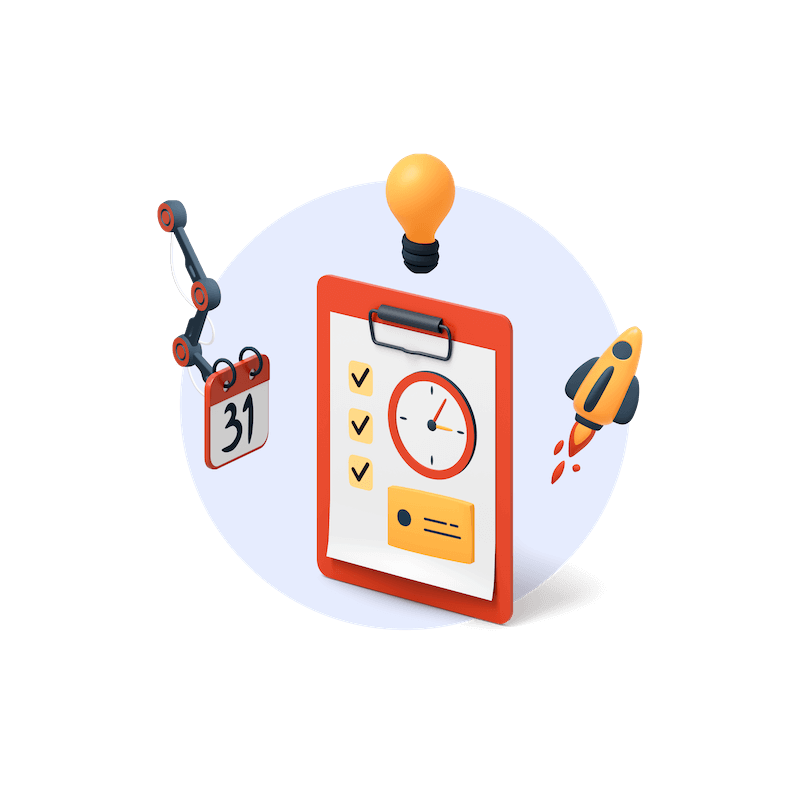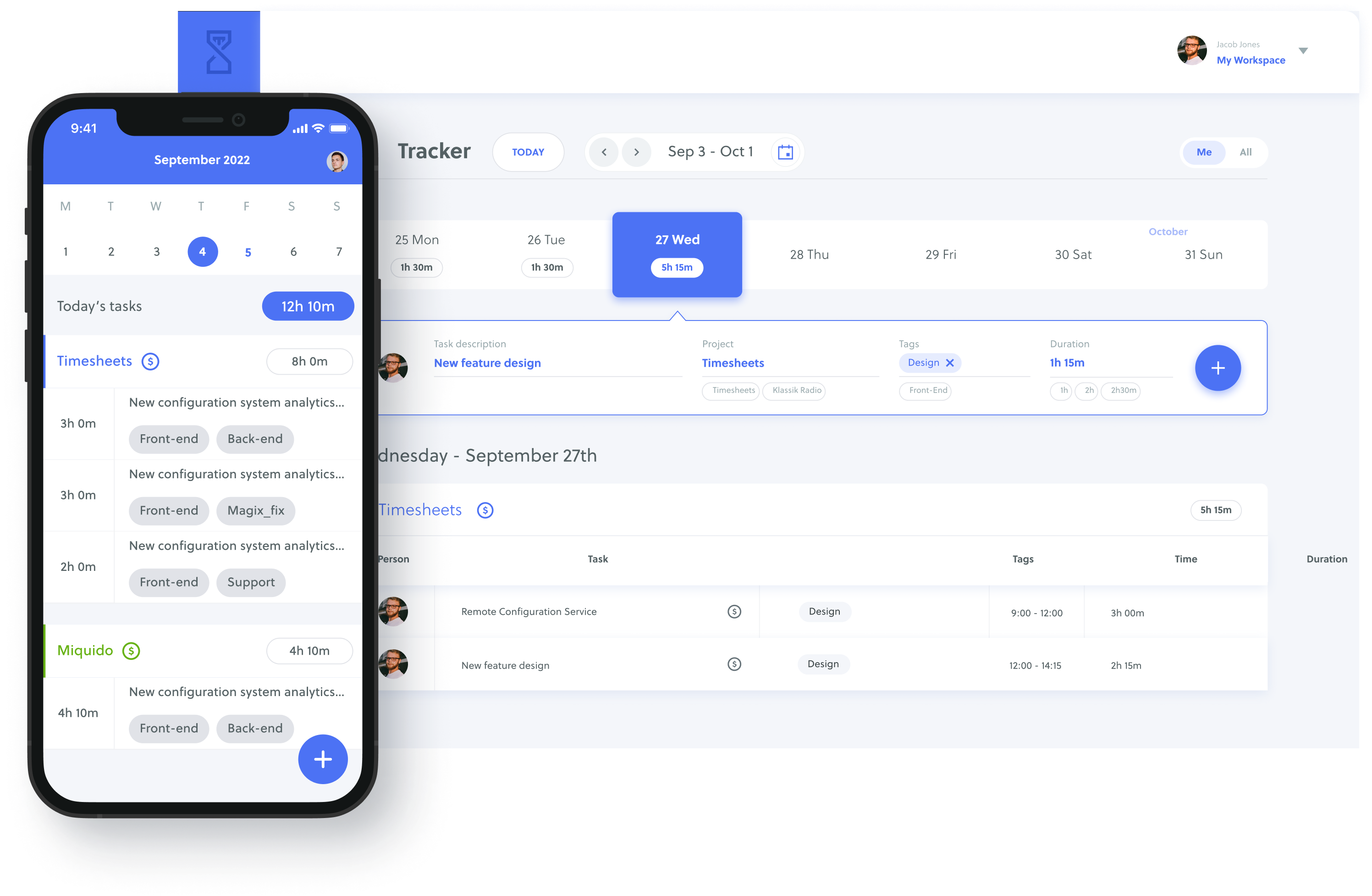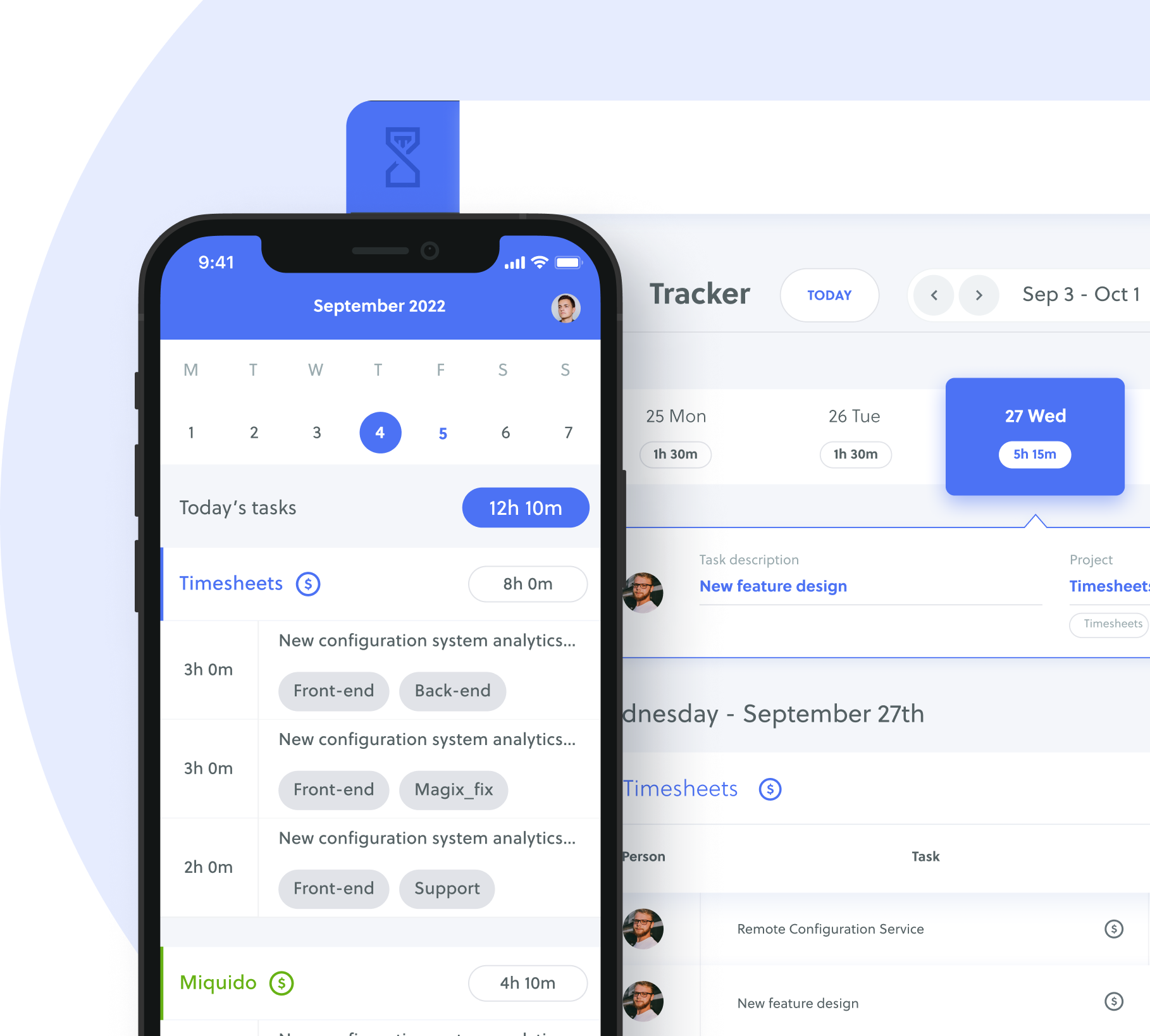When it comes to business excellence, there’s a difference between poor and top-performing companies. Primarily, businesses that achieve success focus heavily on recognizing positive team dynamics. This key area of business is critical. It helps teams collaborate, engage, be productive, and reach goals.
Identifying, solving, and optimizing a team’s collaboration is essential for a business’s success. To learn more about the practice, become knowledgeable on the below.
Table of Contents
What are team dynamics?
A social psychologist called Kurt Lewin first introduced the team (also called group) dynamics definition in 1939. After researching this phenomenon, he concluded that team dynamics was a “positive and negative force within groups of people.”
Therefore, it gives us a perspective that each team or group has its own psychological climate that influences its performance and behavior. Meaning every weakness, strength, and area of expertise within a team can unconsciously positively or negatively affect a group’s effectiveness.
With good group dynamics, seven key characteristics are followed. Including:
- Shared purpose
- Trust and openness
- Willingness to correct mistakes
- Diversity and inclusion
- Interdependence and sense of belonging
- Consensus decision making
- Participative leadership
Creating a culture around these areas ensures that a workflow’s unconscious behaviors and actions are positive, resulting in better collaboration, problem-solving, and team efficiency.
How to improve team dynamics
Now you understand the team dynamics definition; we’re sure you want to improve on this powerful system. The key to enhancing this business area is approaching, implementing, and refining these practices over time. Here are some tips for beginning today:
- Identify friction areas
The first step to positive group dynamics is identifying friction areas. Currently, this is a huge problem. Considering 31% of employees waste at least an hour daily with procrastination and other work-related activities, focusing on this area is essential.
All teams have their strengths and weaknesses. However, we want to dissect their bad habits and develop solutions to reduce workflow friction.
There are many ways to approach this. We recommend you merge two options: one-to-one meetings with each team member and overseeing the operation yourself.
With the one-to-one meetings, you’ll gain each team member’s perspective. During this, you’ll learn about friction areas relating to that individual.
When you personally oversee the operation, you can get your perspective of the friction areas in the team’s dynamics. Combining these knowledge sets allows you to identify the “true” friction areas and create team-based solutions.
- Solve issues promptly
When a team has poor dynamics, personal or work-related conflict will likely affect their ability to work together. If unacceptable behavior arises, the problem must get solved as quickly and kindly as possible.
Typically, the longer social conflict is allowed to develop, the worse the bond between those involved can get. In this circumstance, it won’t only affect one member. Usually, work quality, collaboration effectiveness, and engagement decline in tandem.
You can avoid this by creating a team culture around an open dialogue. Ensure that all members involved in the group aren’t afraid to come to you with problems that need resolving.
- Create a solid team structure
Having team structure is everything, as it helps organize a group by creating defined roles and responsibilities. A team structure will give a group clarity, enable better decision-making, help manage expectations, and provide consistency.
This is essential for all teams. However, cross-functional teams even more. These teams struggle with this significantly, as experts suggest nearly 75% of them are dysfunctional.
A simplified way to good team dynamics in this area involves either a team or organizational chart. This helps assign responsibility, organize workflow, and, most important, ensure all group members understand their role in achieving a goal.
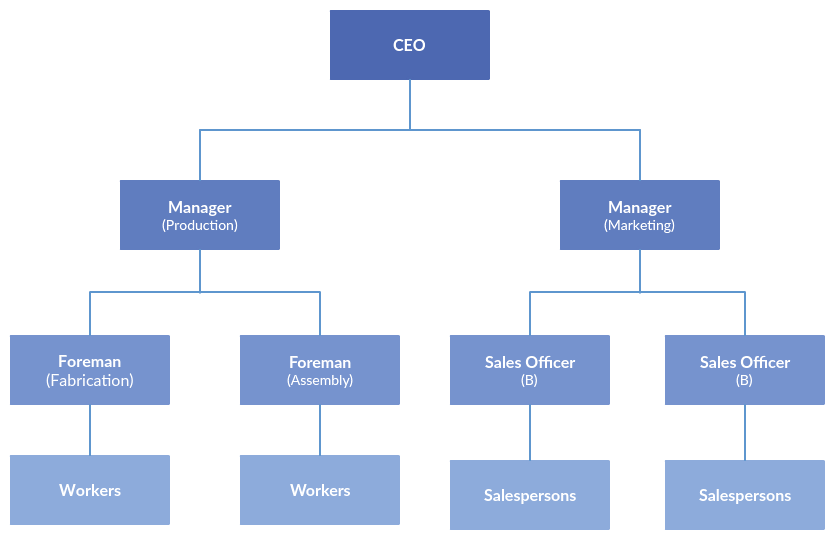
- Develop a meaningful company culture
Meaningful company culture plays an integral role in team dynamics. Like solving conflict fast, you should also encourage team members to support and trust each other.
When a team is working towards a goal, trust is essential. With a meaningful company culture, you can promote collaboration, ensuring optimal efficiency in the group.
To build this culture, you have many approaches. The most effective is generally forcing them to engage with each other. Implement team-building activities into their workflow, as this will help them develop a closer relationship.
- Encourage communication continuously
As a team leader, you need to have an active voice. If anything changes within the workflow, don’t keep it to yourself. Be open about it; it’ll make the group feel included and valued.
A leader has an important role in team development. Usually, those below a leader in the organization ladder mimic their behaviors. Therefore, if you’re continuously communicating with them, they’ll likely be more encouraged to speak themselves.
Creating a workplace environment like this is remarkably powerful for several reasons:
- Allows a group to build on their collaboration skills
- Ensures everybody feels confident when speaking about issues or ideas
- Promotes a safe, welcoming workplace as everyone is heard
Additionally, communication and collaboration can improve productivity. Through using social technologies, McKinsey found that you can increase the productivity of interaction workers by 20 – 25 percent.
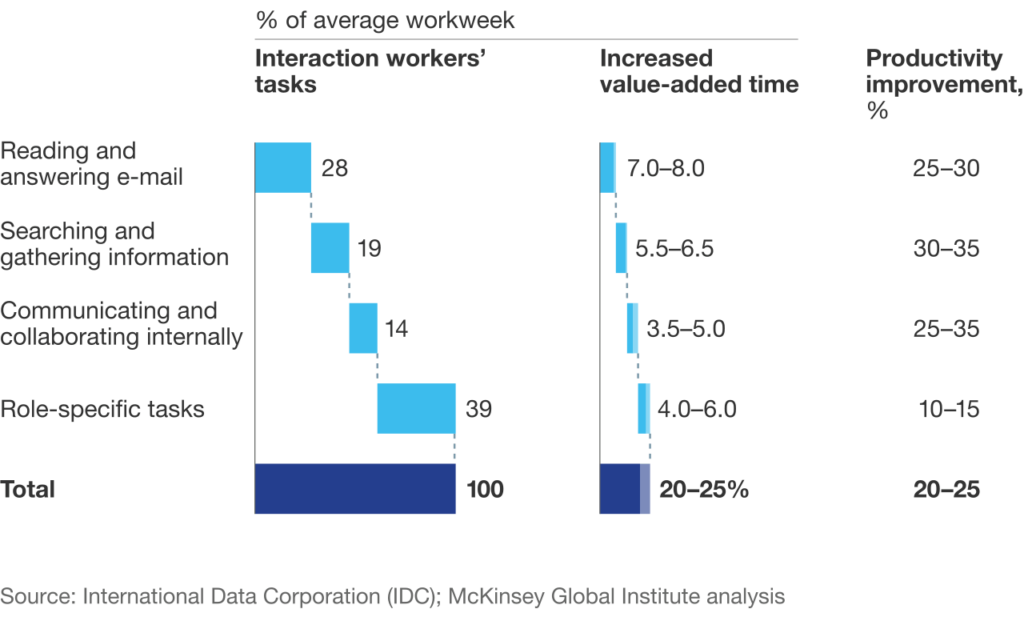
When people feel like you’re listening to their emotions and ideas, they feel part of a group. With team dynamics in the workplace, this is essential to guarantee a positive result.
- Observe, identify, and optimize your team’s dynamics
With group dynamics, there isn’t one solution. All teams are different depending on their current state. Because of this, you continuously need to observe, identify, and optimize your team’s dynamics.
Improving this area of business should be like anything else. Following the SMART goal-setting formation can help. For instance:
- Specific – Increase customer reviews by 20% in one year
- Measurable – By measuring the progress with monthly reporting and acting accordingly
- Achievable – Last year, we increased our customer reviews by 15%, making 20% achievable.
- Relevant – Based on research, the number of customer reviews corresponds with increased sales
- Time-bound – One year
Implementing something like this can help you observe the team’s effectiveness. If you don’t have anything to measure the team’s improvements, it’s challenging to understand whether anything is working.
Causes of negative team dynamics
Knowing how to improve the dynamics of a team is essential. However, knowing what causes a negative response in team dynamics is even more critical. Being able to identify these can help aid improvements by eliminating these poor elements:
- Groupthink – This terminology is used when team members refuse to investigate or study different solutions and is considered a key factor in a company’s downfall. Often, you’ll notice that team members will agree upon one alternative rather than feeling the need to explore other ideas. This results from a lack of encouragement or safety to speak within a group.
- Weak leadership – Inadequate or absent leadership can cause weaknesses in a team. A leader must be dominant, ensuring everybody has a sense of direction, resolving conflicts quickly, etc.
- Uncertainty of shared goals – There as two types of goals within a team: individual and shared. Each member should understand their role in their personal goals that’ll help reach shared targets. Without this, it creates uncertainty, leading to a lack of worthy contributions.
- Lack of Psychological Safety – When people feel judged, criticized, or unwanted because of their ideas and contributions, it’ll show a lack of psychological safety. As a result, participation decreases, meaning minimal ideas or innovations will occur.
- Poor response to constructive criticism – All teams need to handle constructive criticism well. An inadequate response to this can bring an entire team down. If teams don’t use clear, direct, and easy-to-implement criticism, it can destroy the team’s dynamics.
Fundamentally, these are the primary issues associated with negative team dynamics. Fixing these root problems can help boost this system, ensuring optimal results.
Positive impacts of good team dynamics
When a team thrives, they have good dynamics. Reaching this point will offer exceptional benefits. Some are the below:
- Performance – Positive team dynamics increase performance in multiple metrics. The behaviors involved with this synergistically improve a team’s effectiveness. That’s because it ensures healthy conflict, shared direction, and excellent communication, allowing teams to thrive.
- Engagement and retention – A team works from trust and loyalty. Knowing you have team members like this boosts engagement and retention. Typically, this is a knock-on effect of psychological safety and speaking ability. When an individual or team feels this, this metric increases massively.
- Improved decision-making capabilities – Open communication is important. However, it’s only possible with positive team dynamics as individuals, and team members will feel confident about sharing ideas. Because of this, it increases a team’s decision-making and problem-solving capabilities.
The positive impacts are endless when you hone a team’s dynamics. Above are only a tiny selection of benefits. However, these alone are powerful enough to allow a team to thrive significantly.
Effects of negative team dynamics
With team building, you want to focus on creating positive dynamics. If you cannot, you run the risk of obtaining the following problems:
- Freeloaders – Teams with freeloaders always underperform. If one member does this, it can disengage others within a team. The reason is that freeloaders reek the results’ benefits without contributing anything. This result in a poor attitude towards work that’ll impact everyone’s engagement levels.
- Vague goals – Everybody needs to be on the same wavelength to complete objectives. When the goals are vague, nobody knows their roles or responsibilities. When team members don’t know this, it can result in work dissatisfaction and motivation, which will quickly roll onto other team members.
- Feedback fear – Teams and individuals need to get used to constructive criticism, as 39% of people feel downgraded from it. At first, it’s difficult. However, they need to learn that it’s for the better. This can be a major issue with teams that don’t have good psychological safety.
- No accountability – If a group or individuals aren’t accountable for their failures, improvements cannot be made. Without accountability, mediocrity rules and teams will suffer.
Above are the adverse effects that come along with negative team dynamics. Avoiding these is necessary to guarantee a successful future.
Examples of effective team dynamics
After reading this post, you should comprehensively understand team dynamics. To boost this knowledge further, we’ll detail some effective team dynamics examples below:
- Trustfulness and openness
Positive dynamics are abundant. One area we suggest you focus on is trustfulness and openness. When each team member feels safe sharing ideas, information, etc., without any fear of punishment or embarrassment is when you’ve nailed this.
Trust opens the door to more innovation and creativity. When teams feel confident to challenge, embrace, or elaborate on ideas, it helps build a prosperous future.
- Willingness to correct mistakes
A team effectively makes mistakes continuously. In a working environment, it happens. However, these mistakes need correcting, whether it’s an individual or a team.
When a group collectively is willing to correct mistakes, it ensures they won’t happen again. Not only that, but it’s always an excellent learning method that can teach you a lot about the workflow process.
- Leadership participation
Micro-managing demolishes creativity and typically undermines a team member’s sense of ownership. This reduces confidence, trust, and most significantly, team dynamics.
Team leaders need to be prominent but allow a small room for self-learning. This balance must be right. When you stabilize it correctly, team members have a chance to grow while being focused on the main objectives.
- Consensus decision making
Having multiple people involved in important decision-making is essential. One idea isn’t better than five. Here people can improve the idea, share their opinions, and make it suitable for the entire team to implement.
The key to consensus decision-making is ensuring the right processes occur fairly. Somebody might have a dominant voice in the discussion, and it’s the team’s job to avoid decision-making peer pressure.
- Clear roles and responsibilities
Everybody must understand their key roles and responsibilities. Not only this but also their “why” behind the work. Ensuring this is essential, as it’ll make them feel more engaged, knowing they’re making a difference alone and collectively.
When teams know this, the workflow process is streamlined, resulting in enhanced productivity, better efficiency, and higher engagement levels.
Final words
After reading the above, you should deeply understand team dynamics. Focusing on the fundamentals is key to turning this into a positive aspect of a business. When teams feel confident, engaged, and motivated to work with one another, group dynamics thrive.


